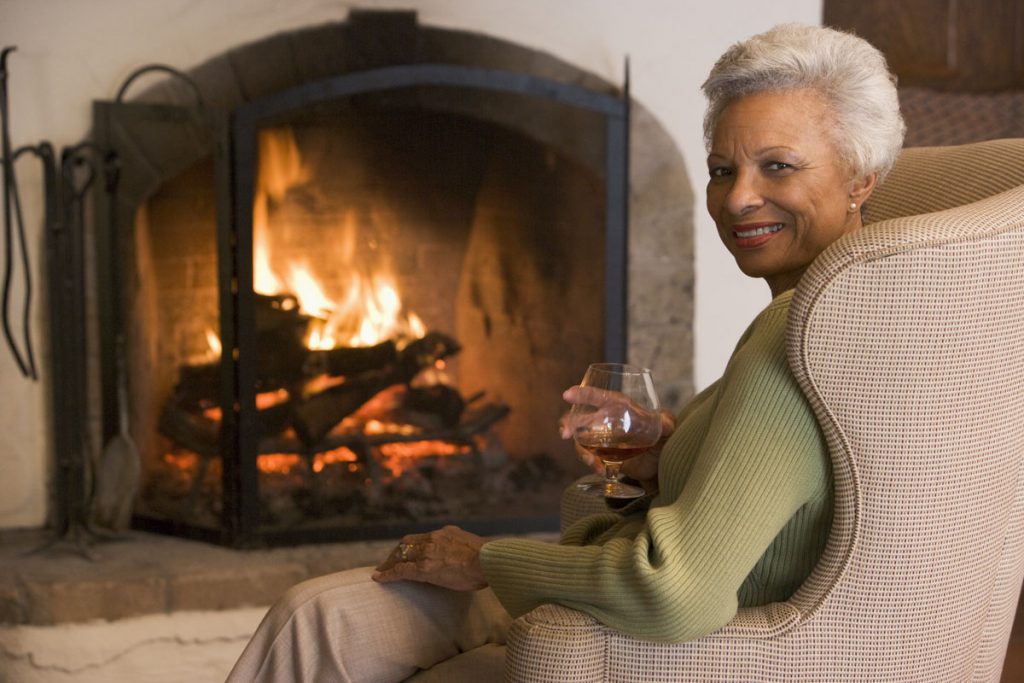According to the United States Department of Energy, heating and cooling costs often amount to about a third of a home’s total energy consumption. That means they are usually the single largest source of energy consumption in a household, and it makes them an ideal target for strategies that save money by streamlining energy consumption.
Most consumers realize that caulking and weather stripping make a huge difference for keeping a home warm in the winter and cool in the summer. One solution that many have begun to try is window tinting. Tinted window film adds style and environmental comfort in a variety of ways, in addition to being a strategy for energy savings.
What to Tint
The ideal candidates for window tinting, from an energy savings point of view, are eastward and westward facing windows. These windows get full-on sun exposure in the morning and afternoon, and the reduction in solar heat gain in the winter is offset by the increased heat retention and the fact that they see the sun from dawn to dusk in the summer.
Southward facing windows are often treated as well, which helps quite a bit with heat retention in winter. It does block a lot of solar heat from the home during daylight hours, though, making it a slightly less effective choice from an energy standpoint.
Types of Films
There are a variety of options for window films, and each has its own energy benefits.
-
High-Reflectivity Films: These mirror-like films have a silver appearance, making them the best choice for blocking summer heat gain. The flipside of this feature, though, is the fact that they will also block that gain during winter months. They also increase the need for indoor lighting by greatly reducing outdoor visibility.
-
Tinted Films: This option is quite common, and is also one of the oldest window tinting technologies out there. Tinted films are available in a variety of shades, giving homeowners flexibility with the amount of light they want to block.
-
Low-E Films: These are the most technologically sophisticated option currently available, and the most efficient. They block heat in the summer while keeping the house warm during the cold months, and their innovative design gives homeowners the best combination of outdoor visibility and energy savings.
Installation
Installing tinted window films is a complex task, and many manufacturers’ warranties are only valid when the product is installed by a professional. Pacific Window Tinting is happy to provide you with the timely, expert installation you need. Contact us today for an estimate!
